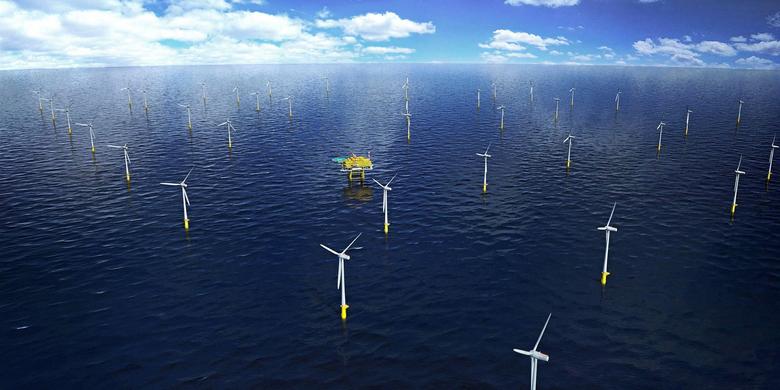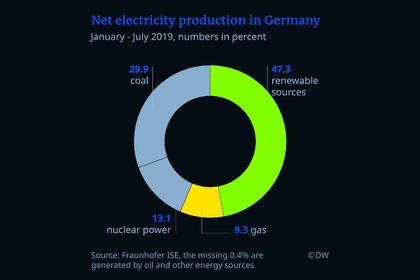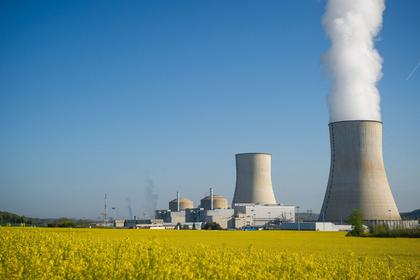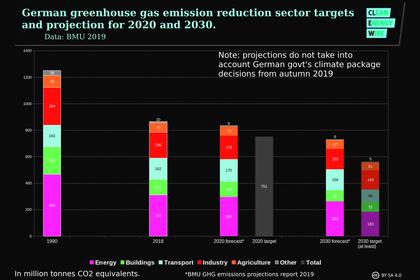
GERMANY'S WIND POWER UP BY 21%

REUTERS - FRANKFURT, Jan 13 - Offshore wind power operators in the German North Sea raised generation capacity by 20.9% percent to 6,436 megawatts (MW) last year, grid company TenneT GmbH said on Monday, close to a government target for 2020 of 6,500 MW.
TenneT, the German arm of the bigger Dutch transmission network group of the same name IPO-TTH.AS, is responsible for linking North Sea wind farms to onshore grids in the states of Lower Saxony and Schleswig Holstein.
The company operates platforms and converter stations to turn direct current electricity from offshore turbines into alternating current used in onshore power systems, and transports power mainly to Germany's industrial south.
Its German North Sea connection capacity already outstrips installed production capacity at existing wind parks, having grown by 14.4% to 7,132 MW last year in anticipation of further additions, it said in a statement.
It will raise these connections to nearly 10,000 MW by 2025, while TenneT in the Netherlands plans to offer 3,500 MW of links to offshore installations by 2023.
TenneT's investments in Germany are refinanced by grid fee income that is collected from power consumers as part of their bills.
While capacity expansion is going ahead in the offshore industry, bottlenecks and delays arise in the construction of onshore power lines, which are hampered by red tape and opposition from citizens.
TenneT GmbH's managing director Tim Meyerjuergens said it was all the more important to press on with onshore networks as "a comprehensive approach was the key to achieving a successful energy transition" to renewables.
The firm's data also showed that power production from German North Sea wind farms last year increased by 20.7% to 20.21 terawatt hours (TWh).
That accounted for 16.6% of total German wind power output, and in turn for 8.3% of total German power production.
If offshore output of 3.95 TWh from more modestly sized plants in the Baltic Sea was added, then offshore wind would already supply 10.3% of Germany's electricity requirements.
TenneT is also planning, in co-operation with its Norwegian peer Statnett, to develop by year-end a 1,400 MW power cable called NordLink to bring Norwegian hydropower to Germany, the statement said.
-----
Earlier:
















